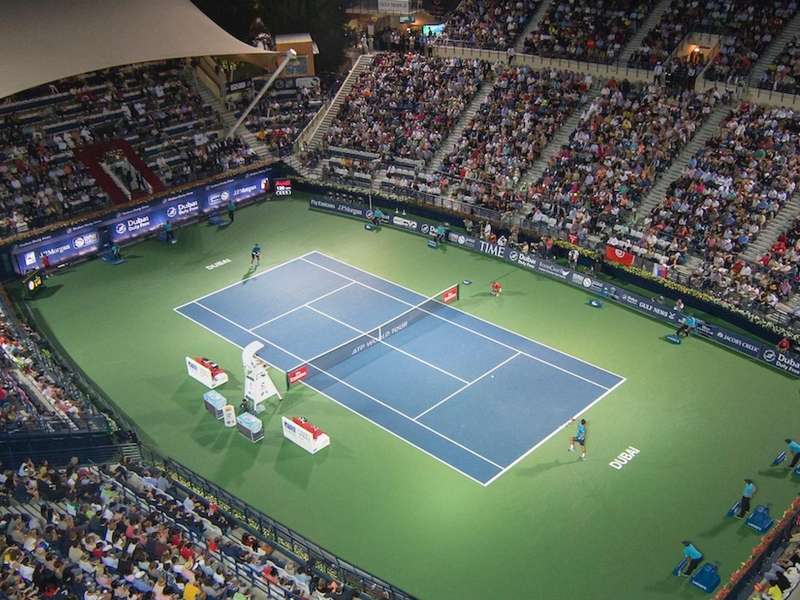
Great anticipation for the Dubai Duty Free Tennis Championship 2026
Among the expected protagonists of the 2026 women's draw are Iga Świątek, Aryna Sabalenka, Jessica Pegula, Coco Gauff and Belinda Bencic, while on the men's circuit, all eyes are on athletes such as Tsitsipas, Rublev, de Minaur, Medvedev and Humbert, already protagonists of recent finals in Dubai.
もっと読む